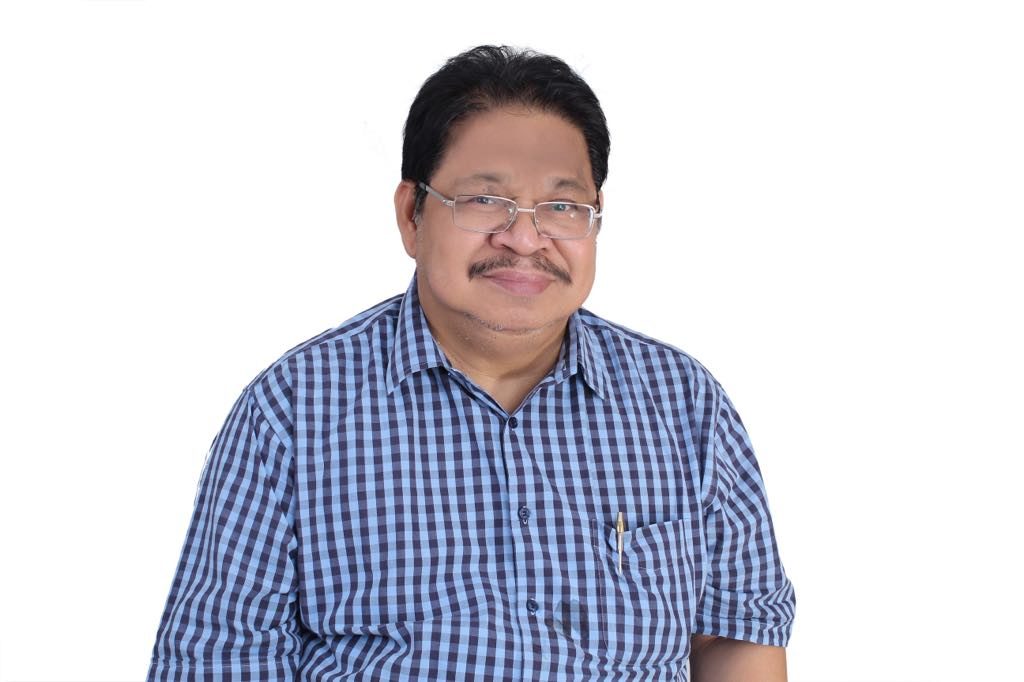“Should we trust barangay captains in fight against Omicron?” – SHARP EDGES by Jake J. Maderazo
 New COVID-19 cases are hitting the roof, from only 889 nationwide on December 29 last year to 33,169 as of yesterday (Monday, Jan. 10). Out of this, an expected 19,000 to 20,000 are in Metro Manila, still growing and with more than 50 percent positivity rate (one in two infected).
New COVID-19 cases are hitting the roof, from only 889 nationwide on December 29 last year to 33,169 as of yesterday (Monday, Jan. 10). Out of this, an expected 19,000 to 20,000 are in Metro Manila, still growing and with more than 50 percent positivity rate (one in two infected).
On September 11 last year at the height of Delta, the highest was only 9,030 in Metro Manila. With the way things are going, Octa Research says the number may hit 40,000, or maybe subsiding in the next few weeks.
Still, the 17 mayors of Metro Manila believe there is no need to move to Alert Level 4. MMDA chair Benhur Abalos insists that the healthcare system’s utilization rates remain manageable or between “low and moderate.” He added that 85 percent of the severe and critical cases were “unvaccinated” and 93 percent of the deaths reported were also “unvaccinated”.
Field reports say almost all frontline government offices, the courts, LTO, DFA and also private commercial banks and businesses were undermanned due to infection of their employees and were forced to stop or slow down operations.
Once again, government critics, including publicly visible health experts, went on a high gear, lambasting the IATF, the national government and MMDA for not raising Alert Level 4 in NCR. An indecision on this matter, the critics say, is “insensitive” considering the great danger posed by this mutating virus to the general public.
But on the ground, it is the barangay captains (42,000 nationwide) who will carry the big load of controlling this pandemic, particularly the Barangay Health Emergency Teams (BHERT). They are under instructions by the President to limit the “mobility” of the “infected”, their close contacts, and also the “unvaccinated”. Unless necessary, children, senior citizens and those with morbidities are not allowed to go out at this time.
Today, every family is dependent on their barangay captains for real and selfless public service. I was informed that some barangay offices in Quezon City, Manila, Malabon and Navotas have also closed or with limited operations because of their infected personnel.
With this heavy responsibility, the law is clear that all barangay officials should be nonpartisan in their duties even against continuing pressures from their local powerful politicians. With elections less than 17 weeks away, they are being tested again by this health pandemic. Every confirmed COVID-19 infection must now be reported to the barangay officials.
In turn, they are in charge of maintaining “granular lockdowns” and providing logistical support from their LGUs to the affected households. A life-and-death job to all of their infected constituent families.
But lest we forget, many of these barangay captains messed up with the previous Social Amelioration Program (SAP) or ayuda to their constituents. A total of 89 barangay captains were placed under preventive suspension for six months by the Ombudsman. In Metro Manila, 11 barangay captains have been suspended —five in Manila, three in Quezon City, two in Pasay City, and one in Pasig City.
Another group of 447 suspects, including 211 elected barangay officials, 104 appointed, and 132 civilian co-conspirators were charged criminally by the PNP-CIDG and the DOJ for violations of the Anti-Graft Act and Bayanihan laws.
DILG Undersecretary for barangay affairs Martin Diño, in my interview, exposed the ongoing racket between many corrupt barangay officials in cahoots with their LGU treasurers in pocketing billions of pesos of barangay funds released without the required “signed barangay council resolution”.
This practice, he said, removed the necessary check and balance to prevent “collusion” of the LGU and the barangay captain, by seeking first the approval of the members of the barangay board in scrutinizing the proposed “projects”. Diño blamed a questionable COA ruling in 2012 that eased the project requirements.
“This practice triggered ghost projects, ghost deliveries and fake signatures that enriched a lot of barangay officials,” Dino claimed.
When asked how many might be involved, he quickly answered: “More than half of all the 42,000 barangays.”
So the question: Should we trust these barangay officials in our battle versus the Omicron variant?
Disclaimer: The comments uploaded on this site do not necessarily represent or reflect the views of management and owner of Cebudailynews. We reserve the right to exclude comments that we deem to be inconsistent with our editorial standards.

